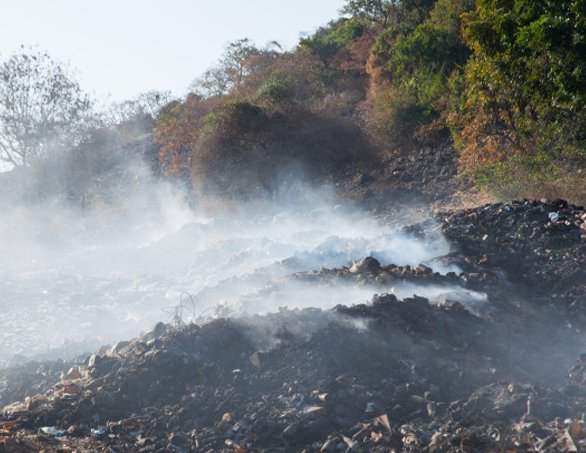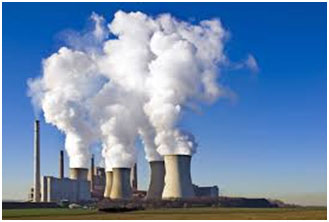Manmade environmental damages and their impacts on the climate [ctd.]

Industrial revolution which happened during the late 1700s and early 1800s is simply the process in which rural, agrarian people in Europe and North America became urban and industrial. It began in the United Kingdom and soon after, spread to nearby countries changing the processes of manufacturing and eventually the whole lifestyle. During Queen Victoria’s reign in the 19th century, Britain and most of the neighboring countries became industrial [1]. Therefore, her reign is considered to be a golden era in the human history.
During the industrial revolution, not only technology but also the society, economy and health services were developed and revolutionized. The advance in science technology paved the way to develop state of the art of manufacturing equipment and vehicles powered by either fossil fuels or electricity. The invention of steam engine and internal combustion engine turned upward down the manufacturing industry and also the transportation sector. Those inventions greatly increased the productivity with a similar expenditure of human energy. As a result, thousands of new manufacturing factories were born all over the world. Coal powered trains and then petrol and diesel-powered vehicles came onto the roads replacing the duty of horse. New electric appliances came into our homes and started to serve us replacing some of our work. All those inventions made the life comfortable and luxurious. We thought it was a revolution and so, named it an “industrial revolution”.

However, new industries and manufacturing plants required various types of materials such as iron and steel. And obviously, they required energy to power the equipment and vehicles. It was the beginning of large-scale mining for minerals and fossil fuels. We started to mine all over the earth. We did not limit it to the land. We then dived into the deep sea and started to mine the sea bed. Finally, the whole world exposed to the human beings, unfortunately. New factories and fossil fuel-powered power plants started polluting the environment in numerous ways while we have been digging the planet for resources.
Let’s take a look back at the last century. What have we done after the industrial revolution?
- We dug everywhere on the earth.
- We drilled everywhere on the earth.
- We excavated everywhere on the earth.
- We mined everywhere on the earth.
- We cut down tens of thousands of trees in the name of development.
- We destroyed thousands of forests.
- We converted most of the forests into concrete jungles.
- We polluted the air.
- We polluted the water bodies.
- We polluted the soil.
- We grabbed the dwelling homes of animals.
- We gave birth to new deserts.
- We made our own home planet a hell on earth. We are all witnesses of it.
Eventually, industrial revolution….revolutionized the human history. But the aftermath is a terrible tragedy.
Our planet will no longer be a livable place if we steadily damage the environment and disturb the environment sustainability at the current rate.

Figure 2: Cracked ground caused by drought
As the people always think of earning money and having a luxury life, they have already missed their duties and responsibilities that they have to implement for the endurance of the environment. They have done a catastrophe that highly affects the environment and that cannot be reversed ever. Nature punish us for the environmental damages made by us in various ways. For example, our prejudicial activities increase the frequency and intensity of environmental disasters such as floods, droughts, sea level rise, heat waves, cyclones, hurricanes. It has been shown that most of these extreme events and disasters are consequences of the climate change. Further, it has been clearly affirmed that human activities are the main causes of current climate change.
Climate change is responsible for many environmental problems that we face today. Therefore, we will deeply study the climate change, its causes and consequences with relevant evidence from the next article. Then, we will move onto discussing practicable solutions that we can implement to mitigate the disastrous impacts of climate change.
[1] Creighton, D. G. (1938). The Victorians and the Empire. Canadian Historical Review, 19(2), 138-153.
